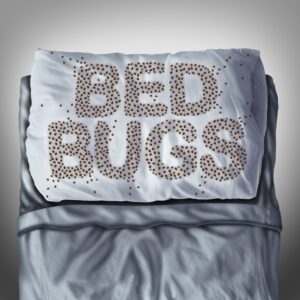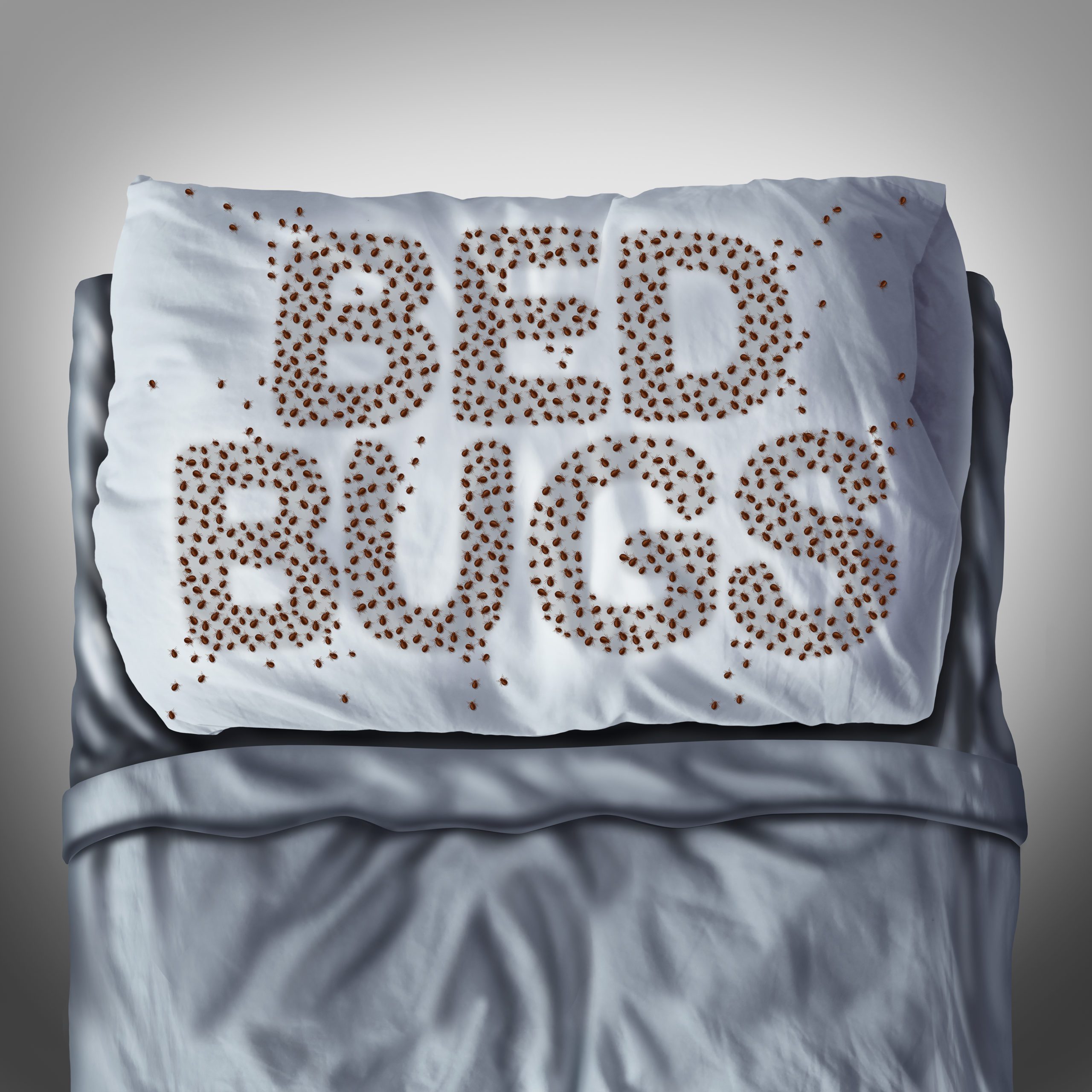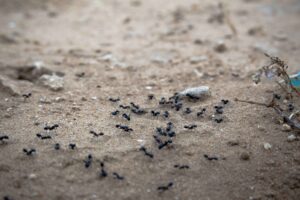 At Pest Force, meeting the needs of customers is our top priority. In some instances, this means treating bed bugs in an environmentally friendly way. Pesticides are not always the right solution. Harsh chemicals in areas where people stay and live could be damaging.
At Pest Force, meeting the needs of customers is our top priority. In some instances, this means treating bed bugs in an environmentally friendly way. Pesticides are not always the right solution. Harsh chemicals in areas where people stay and live could be damaging.
Unfortunately, bed bugs don’t care about what they destroy, but we do. For this reason, heat treatment for bed bugs could be the solution you are looking for to get rid of bed bugs for good.
How Does Heat Treatment Work?
For bed bugs, lethal temperature levels are between 117 and 122 degrees Fahrenheit. Raising heat to these temperatures and keeping the temperature at these levels will kill and eliminate the presence of bed bugs. Heat treatments work in various ways. Throwing clothes and personal belongings into the dryer is one way to kill bed bugs. Another way is to hot boxes for personal items, which will operate at a higher level of heat to ensure bed bugs die. Steam is another method some use for bed bug treatments, although it isn’t the most effective.
Professional heat treatment is the best option to be absolutely sure that bed bugs are gone once and for all. Pest professionals use 500,000 BTU heaters to increase the temperature of the space throughout the whole room so that bed bugs have nowhere to escape. Fans can be placed in the space as well to prevent bed bugs from escaping the space. Temperature sensors ensure the room is kept at the right temperature to eliminate bed bugs, especially in areas where bed bugs may try to hide.
Why Heat Treatment?
Dealing with a bed bug infestation requires precision and dedication. It is imperative to ensure all bed bugs are completely removed so that new infestations don’t begin and the process starts all over. One of the most effective ways to deal with bed bugs is through heat treatment from a professional and trusted pest control company. At Pest Force, we offer an effective and environmentally friendly heat treatment option that could be the best option for you. Our heat treatment can reach all areas of a space, even hard-to-reach places. Heat temperature reaching adequate high levels will ensure bed bugs in every part of the life cycle are exterminated. Our heat treatments are safe and will eliminate the problem effectively. One visit could be all it needs for bed bugs to be gone for good. However, pest professionals will follow up to ensure no more signs of bed bugs. Heat treatment is the way to go for a quick and efficient way to rid the premises of bed bugs.
Completely eradicate bed bugs for good. Your home will be completely taken care of by our trusted pest professionals. For more information about heat treatment services or other bed bug services, contact our experts at Pest Force today and rid your space of bed bugs.
FAQs
How Do Bed Bugs Get Inside the Home?
A bed bug infestation begins when bed bugs somehow find a way into the home. They can come in from other infested objects such as books or furniture. They can also hitch a ride in purses or on backpacks. Bed bugs can travel from room to room in multi-room buildings such as apartments or hotels. Once bed bugs get into the home or space, they can get out of control quickly, so be sure to contact professionals as soon as you suspect a problem.
What Do Bed Bug Bites Look Like?
Bites on the body are one of the first signs that there may be pests inside your home. But how can you distinguish what type of bites these may be? Bed bug bites usually show up as raised bumps in a line, zig-zag, or cluster pattern. They will often have a dark red, pimple-like center with lighter red skin surrounding them. They are swollen bits that are described as very itchy and can also have a clear blister.
Why Do Bed Bugs Like Beds?
Bed bugs like the warmth of beds from our bodies. These pests can’t jump or fly, so they must remain close to their source of food, which means staying close to the bed. This is the main reason why they typically tend to congregate on or around beds, as they want to feed on a human host while they sleep at night.



